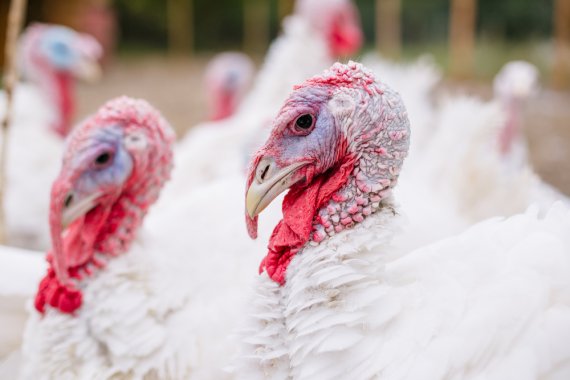The questions on the turkeys and traffic lights are two of the six practical challenges that around sixty mathematicians, including ten from Wageningen, will focus on. They will do this within the context of the 21st edition of the work week Mathematics With Industry. Wageninger mathematicians of Biometris are hosting the event. To be more specific: mathematics professor Jaap Molenaar is one of the godfathers of this mathematics party in the Netherlands.
Host
The roots of the event lie in 1968 Oxford, Molenaar explains. To improve the mouldy image of mathematica, the event was presented in a way to show the practical uses of mathematics. ‘Together with several other people, we brought the event to the Netherlands in 1998. Wageningen hosted the event for the first time in 2009. And now, ten years later, it does so again. This will be my last edition, as I will be retiring this year.’
On Monday, representatives of the participating companies elaborated on their problems at the WICC. These challenges sometimes have regional traits. One such challenge was put out by the concrete giant Bruil from Ede, who wants to know which geometric structures can and cannot be built using a 3D printer. Maritime research centre Marin also put the mathematicians to work.

Turkey challenge
One typical Wageningen subject is the turkey challenge posed by Hendrix Genetics, world’s largest turkey breeder. Measuring plates are used to study turkeys walking in order to meticulously determine the forces exerted by turkey legs on the plates. From this pile of data, Hendrix wants to be able to determine the weight of the turkeys. Basically, an alternative for scales.
Weighing a turkey is not that difficult; all you have to do is put a turkey on a scale. But this is time-consuming and heavy work, Bram Visser explains. ‘A turkey easily weighs 20 to 25 kilos.’ Hendrix would have a huge interest in an indirect and fully automated system that does this for them. Visser brought the walking data of 200 turkeys to the event. Now it’s up to the mathematicians to come up with an algorithm that is able to extract an exact weight from these data.

Not very Wageningen-coloured but certainly intriguing is the challenge posed by engineering firm Sweco. This company is developing traffic lights that work with more than just the data from the sensor right in front of them. Their system called SmartTraffic adjusts the lights based on the traffic approaching instead of just the traffic that is already at the lights. To do this, they use various data from satellites, traffic sensors and mobile signals.
Save time
The system already works for single traffic lights and helps save around 40 percent of time relative to non-smart traffic lights. But what would happen if we were to connect these smart traffic lights into a larger network? How should they collaborate to improve the flow of the total traffic by at least 40 percent? A week of maths in Wageningen might just lift a tip of the veil.

 Photo: Shutterstock
Photo: Shutterstock